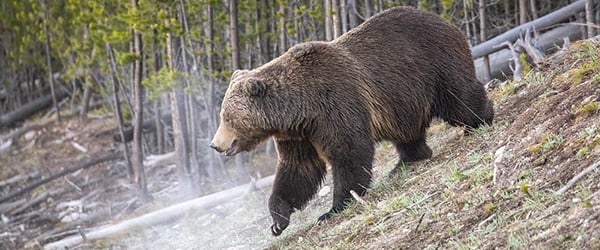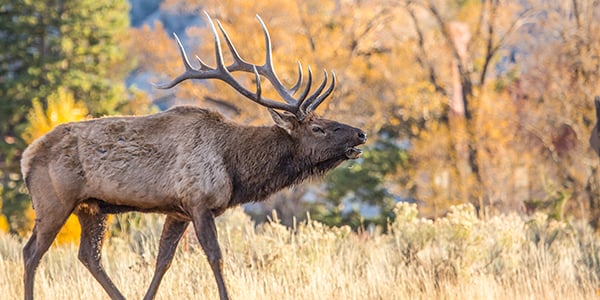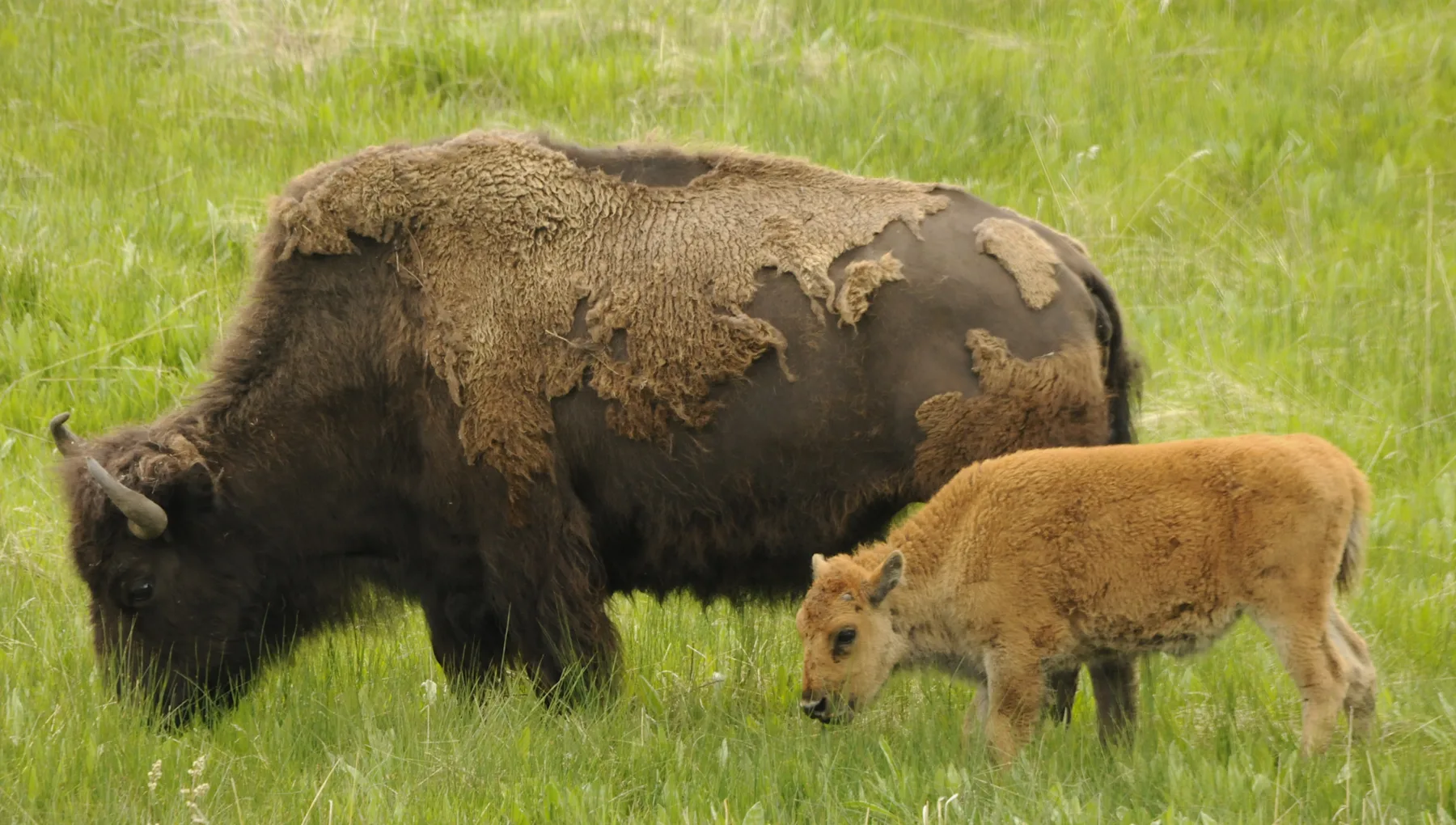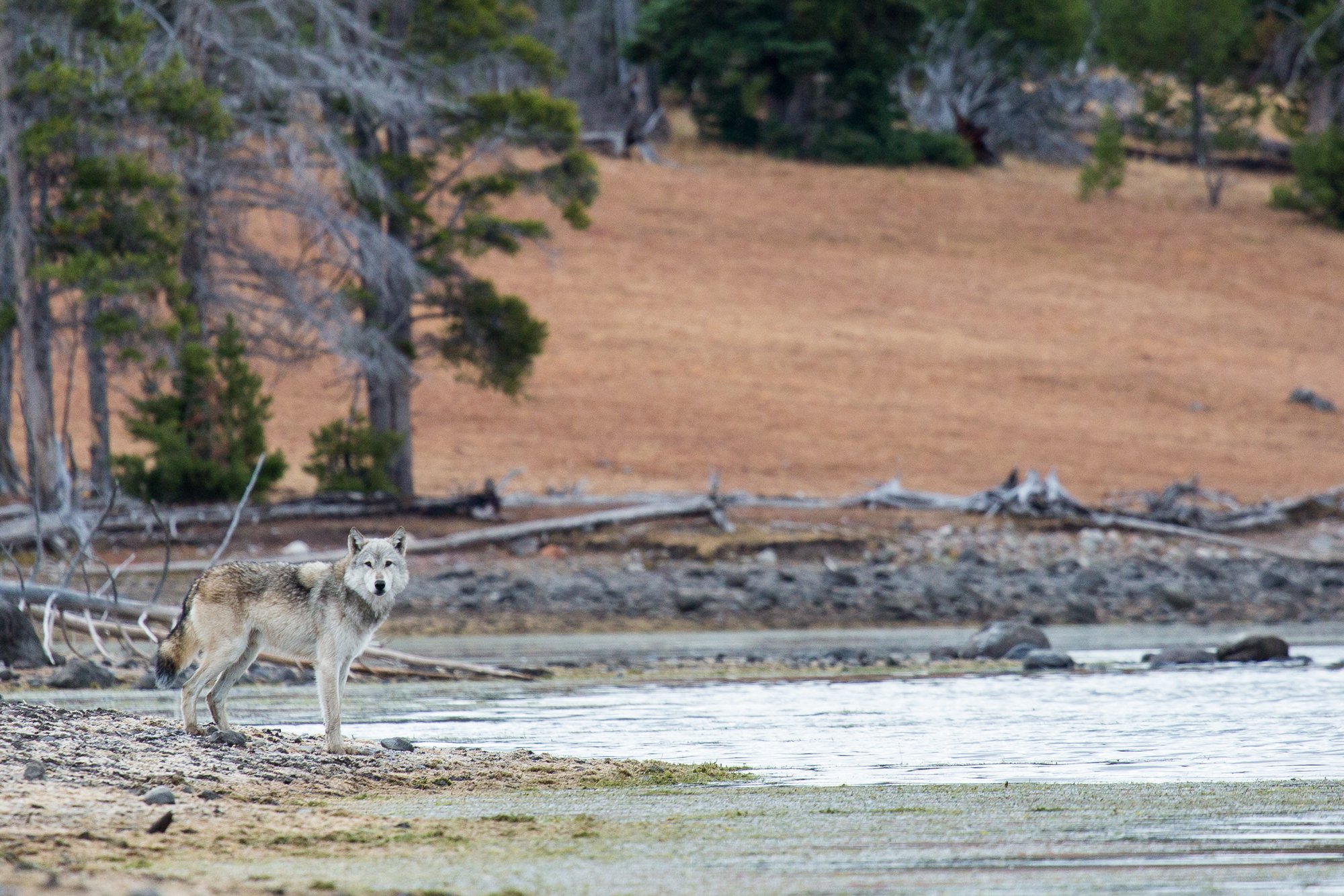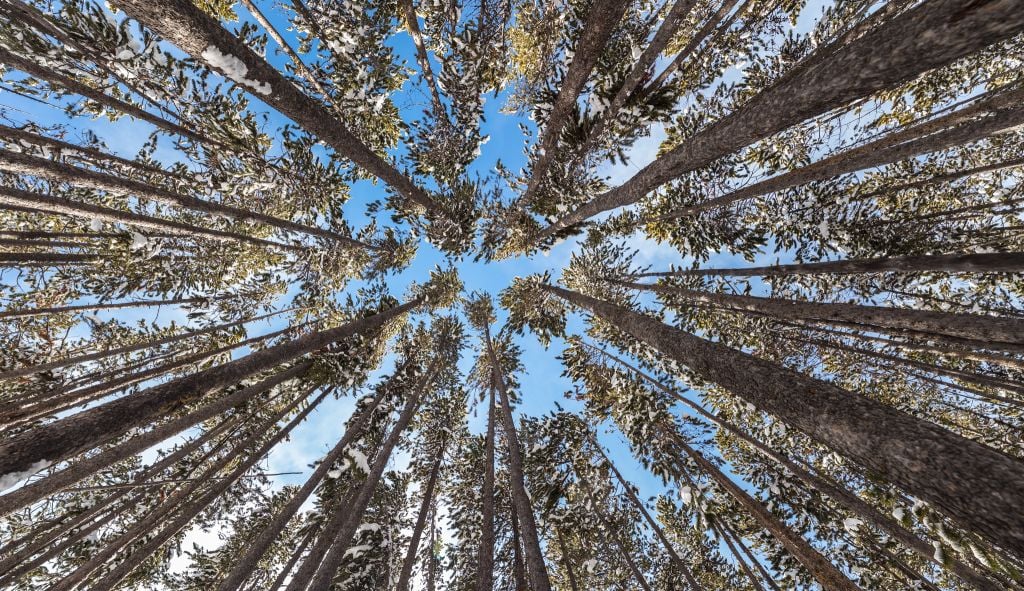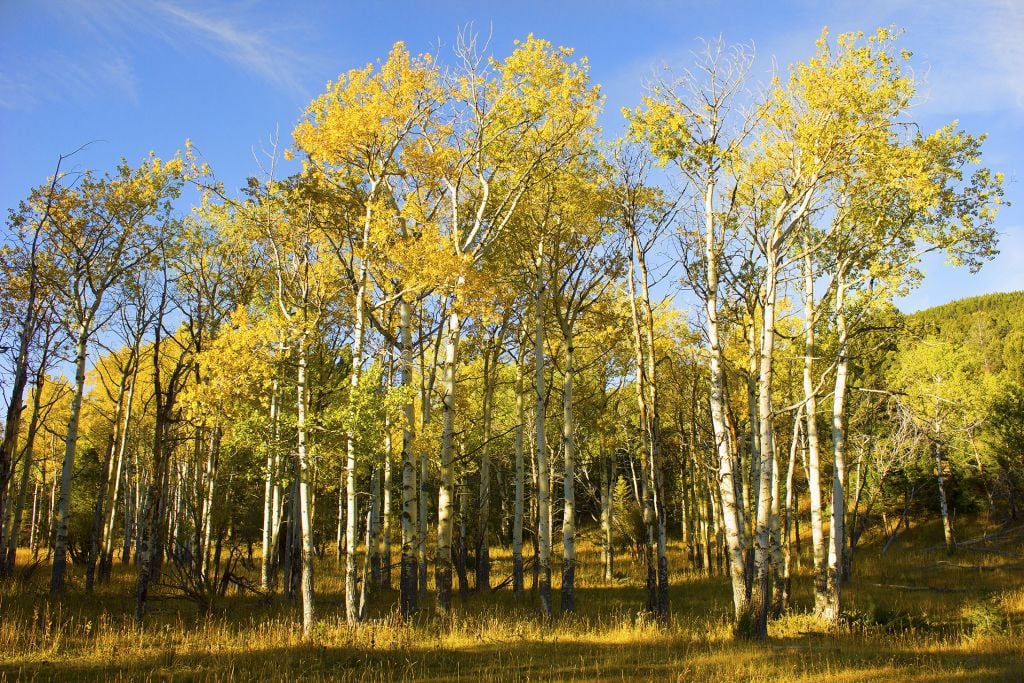The Incredible Flora and Fauna of Yellowstone
Yellowstone Plants and Animals
Yellowstone National Park is at the heart of the Greater Yellowstone Ecosystem. It is home to the largest concentration of mammals in the lower 48 states as well as hundreds of wildflowers, nine conifers, shrubs like common juniper, sagebrush (many species), Rocky Mountain maple, and three endemic species (found only in Yellowstone). Keep an eye out for some of the flora and fauna you might spot while touring Yellowstone. And check out these blogs for further reading on bison, elk, bears, and wolves.
One of our visitors’ favorite things about Yellowstone National Park is getting the chance to spot plenty of different species of animals and plants. In fact, Yellowstone is home to more than 1,000 species of plants and more wild animals than almost anywhere in the US. We could fill a book with all the animals, plants, and flowers you’re likely to see during your Yellowstone visit, but here are just a few examples of the flora and fauna you might spot.
Bears
Yellowstone is home to both black bears and grizzlies. While colors can range for both types of bears, grizzlies are most easily distinguished by the distinctive hump on their shoulders and concave face, while black bears have no hump and a more pointed head and snout.
Elk
Elk are numerous in Yellowstone and most often seen in places like Mammoth Hot Springs, Gibbon Meadows, and Lamar Valley. While they are often confused with deer, elk are much larger.
Bison
Also frequently called buffalo, bison are the largest mammals in North America, with bulls weighing around 2,000lb and cows around 1,000lb.Despit e their size, they can reach speeds in excess of 30 miles per hour.
Wolves
In 1995 and 1996, wolves were reintroduced to Yellowstone, beginning with 31 gray wolves from Canada. With the presence of wolves in the park, Yellowstone now has all of the species of mammals known to be present in the park at the time of its creation for the first time since 1923.
Lodgepole Pine
The most common tree found in Yellowstone, lodgepole pines get their name from the Native American use of the trees for poles for their teepees and lodges. The needles grow in groups of two.
Quaking Aspens
Aspens, named for their leaves, regularly grow in dense, pure stands, creating a stunning golden vista when their leaves change color in the fall.
Arrowleaf Balsamroot
This plant, also known as Oregon sunflower, has beautiful bright yellow flowers. Nearly all parts of this plant were used as food by various Native American groups.
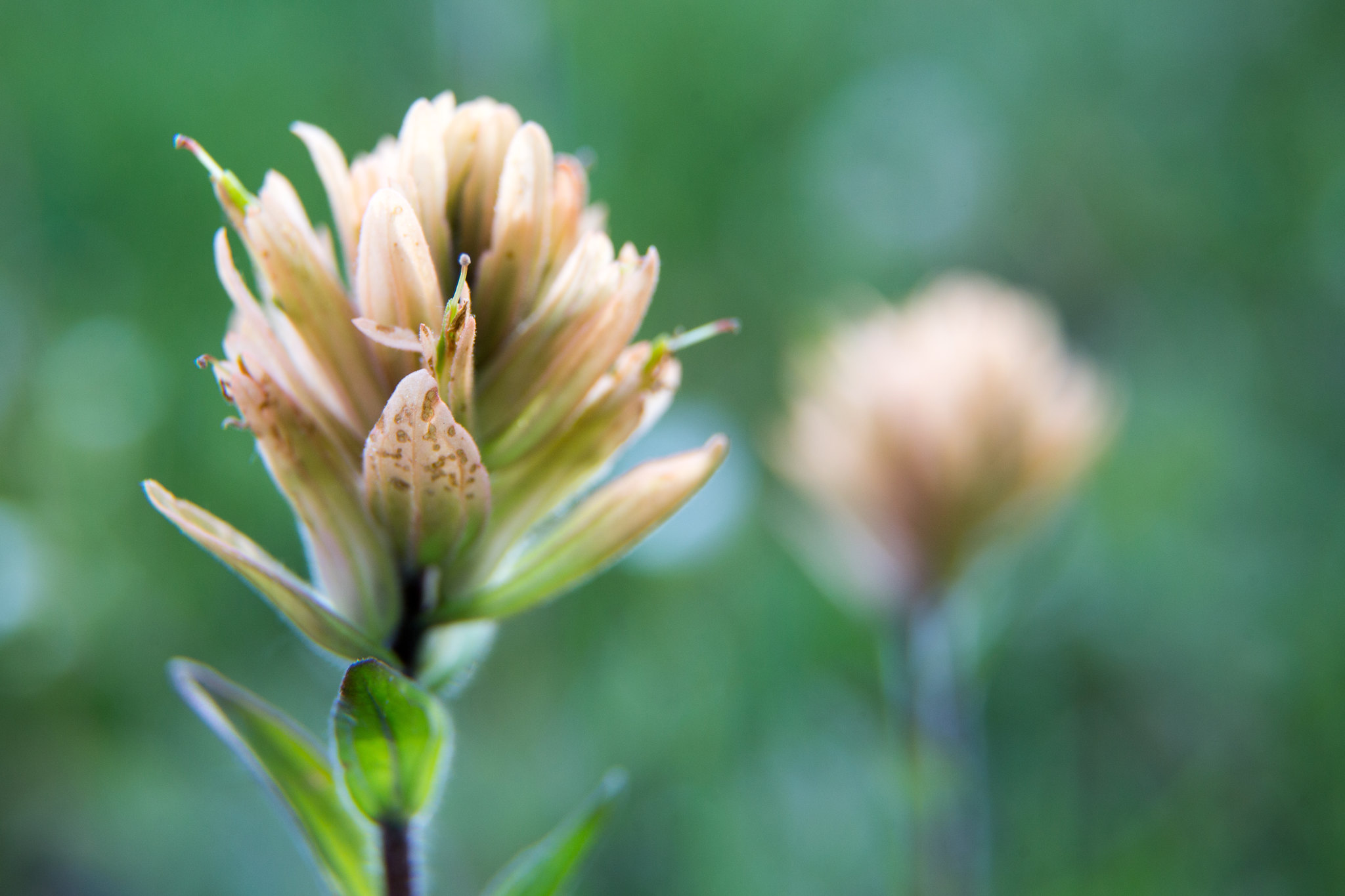
Paintbrush
Known for its striking color, this plant is found in open areas and along roadsides. It’s also the Wyoming state flower
For more travel experiences to Beautiful Places on Earth™ available from Xanterra Travel Collection® and its affiliated properties, visit xanterra.com/explore.
Want to experience Yellowstone in-depth? See what makes Yellowstone National Park a great place to work for a season or longer!
